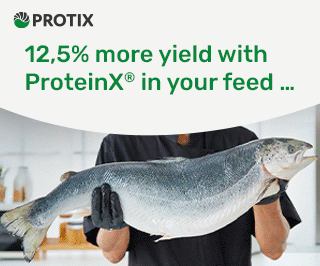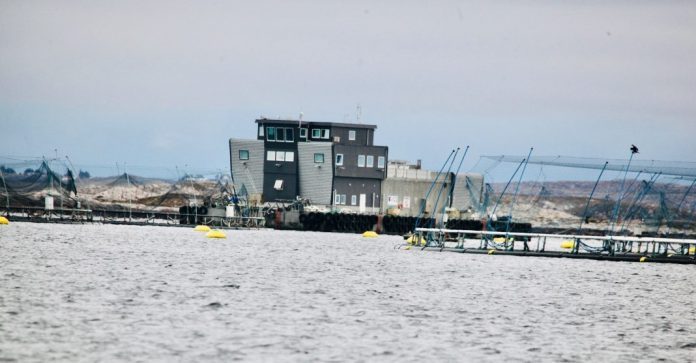SalMar reports improved biological conditions and stronger financial results in Q4
SalMar reported improved biological performance and stronger financial results in the fourth quarter of 2024, marking the end of what it described as a challenging year. The company said biological conditions had improved towards the end of the period, providing a more optimistic outlook for 2025.
The group’s offshore farming segment, SalMar Aker Ocean, continues production cycles for Arctic Offshore Farming and Ocean Farm 1, with harvesting scheduled for the first and second quarters of 2025. Icelandic Salmon remained affected by earlier challenges in 2024, though the company said performance had improved compared to previous quarters. Scottish Sea Farms delivered a strong quarter, reporting increased harvest volumes, higher harvest weights, and good biological conditions across its regions, according to the stock exchange notice released on Tuesday morning.
Based on the financial performance and a solid balance sheet, the board has proposed a dividend of NOK 22.00 per share for the 2024 financial year.
Outlook
SalMar said it is implementing several initiatives across the value chain aimed at improving both biological and financial performance. The company plans to invest NOK 1.9 billion ($170 million) in 2025, with the majority allocated to fish welfare measures.
For 2025, SalMar maintains its production guidance of 254,000 tonnes in Norway, 9,000 tonnes from SalMar Aker Ocean, 15,000 tonnes in Iceland, and 32,000 tonnes at Scottish Sea Farms (on a 100% basis). Factoring in SalMar’s relative share of Scottish Sea Farms, the group expects a total harvest volume of 294,000 tonnes, representing a 17% increase on 2024.
SalMar said demand remains strong and anticipates limited global supply growth in 2025.
“We see significant opportunities for improvement, cost reduction, and growth in all parts of our business, and we consider ourselves well-positioned to realize this potential. We have experienced challenges in 2024 that have affected harvest volumes, but we are taking steps, adapting, and improving throughout the value chain,” said Arntsen.


